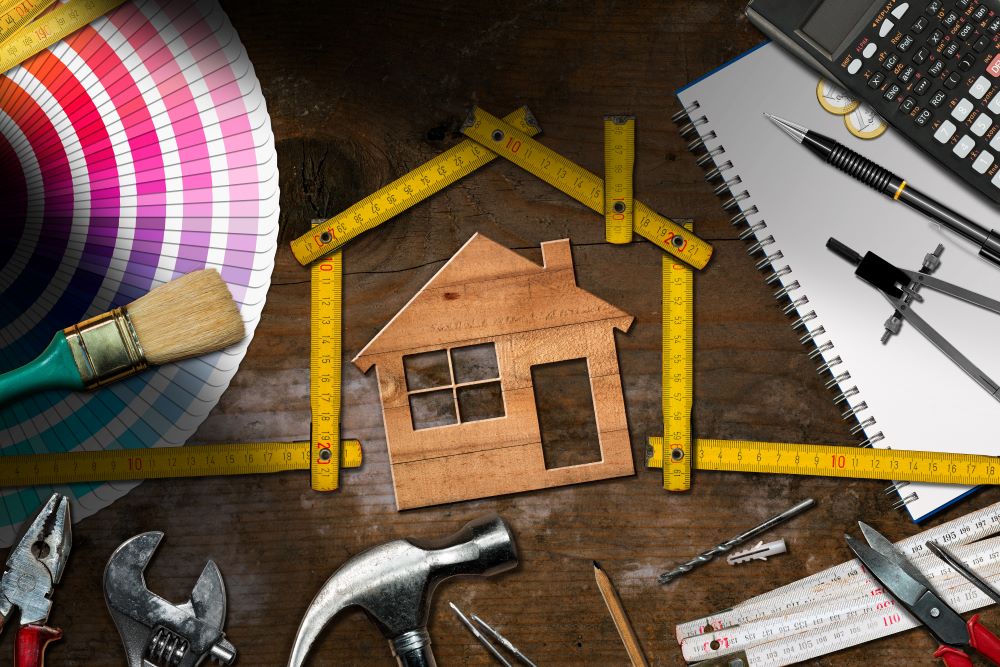In recent years, sustainability is at top of mind in all industries alike. Performing sustainable restoration is a way to have a long-lasting impact on the environment and your companies waste produced. With growing concerns about environmental degradation and the amount of waste produced in restoration, professionals in the field are increasingly turning to reusable materials as a means to reduce waste and minimize their ecological footprint. In this blog post, we’ll explore how PuroClean is implementing the use of reusable materials in restoration projects and highlight some innovative approaches to sustainable restoration practices.

The Environmental Impact of Traditional Restoration:
Traditional restoration practices often rely heavily on the use of plastic for containment, chemicals for cleaning, and many single-use items for the work being performed such as zippers. The amount of use these items get has a significant environmental impact. The extraction, manufacturing, and transportation of these materials contribute to pollution, deforestation, and greenhouse gas emissions. Additionally, the disposal of construction waste further exacerbates the problem, with landfills quickly filling up with discarded single-use solutions.
The Benefits of Reusable Solutions:
Embracing reusable materials offers numerous benefits for both the environment and the restoration industry as a whole. By implementing reusable solutions in your business you are reducing your waste, expenses, and carbon footprint. These reusable fixtures can become a way to advertise with branded custom solutions and control quality with the consistency of setting up a fixture rather than creating case-by-case solutions for every scenario you come across.
Moreover, incorporating sustainable restoration practices into projects can lead to cost savings for both contractors and clients. While the initial investment in reusable solutions may be higher on the front end, the long-term savings in terms of reduced material costs and disposal fees add up and can be substantial.
Innovative Approaches to Sustainable Restoration:
There are numerous ways in which reusable materials can be incorporated into restoration projects, ranging from reusable containment to reusable zippers. We share 3 ways below PuroClean of New Port Richey is incorporating sustainable practices in restoration:
1. Reusable Containment

PuroClean has consulted with the Zeppelin Guys to create custom AirWall solutions for project needs. This not only gives the perception of professional cutting-edge services but also significantly reduces the use of large amounts of single-use plastic on jobs. Unlike plastic, this solution cannot be punctured to allow dust to escape and also carries an R-value to keep heat out of unwanted areas when performing water damage restoration. This also creates a barrier to suppress noise from unwanted areas as well.
2. Reusable Zippers
PuroClean has worked alongside Re-U-Zip to create custom reusable zipper solutions. These zippers not only make a statement but carry innovative features such as magnetic openings. the reusability of the zip itself. You simply apply a mounting strip then it can be universally used for either the magnetic entry or the zipper. It is applied on top of the mounting strip for easy and seamless installation and removal.
3. Plant-based chemicals:
Plant-based chemicals, derived from various parts of plants, are gaining recognition for their therapeutic properties, including antimicrobial and antifungal capabilities. These compounds, such as tea tree oil, citronella, neem oil, and thyme oil, serve as potent alternatives to synthetic chemicals in restoration, particularly in combating mold and mildew. Harnessing the power of nature, restoration professionals can effectively address environmental contaminants while minimizing ecological impact. By incorporating plant-based chemicals into restoration practices, we not only promote sustainability but also foster healthier indoor environments, aligning with the growing demand for eco-friendly solutions in the industry.
In addition to salvaging materials from existing structures, restoration professionals can also explore alternative sources of reusable materials, such as surplus building materials from construction sites, architectural salvage yards, and online marketplaces. By thinking creatively and resourcefully, contractors can find innovative solutions to incorporate reusable materials into their projects.
As the restoration industry continues to evolve, the adoption of sustainable restoration practices, such as the use of reusable materials, will play an increasingly important role in shaping its future. By minimizing waste, conserving resources, and reducing environmental impact, we can create healthier, more resilient communities and preserve our built heritage for future generations. Through collaboration and innovation, we can build more sustainable restoration practices one project at a time.




 PuroClean of New Port Richey
PuroClean of New Port Richey